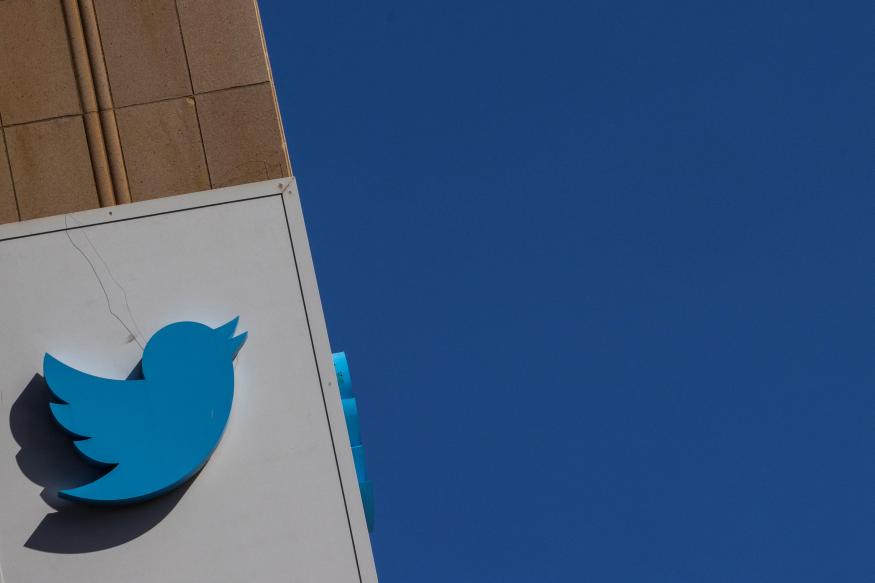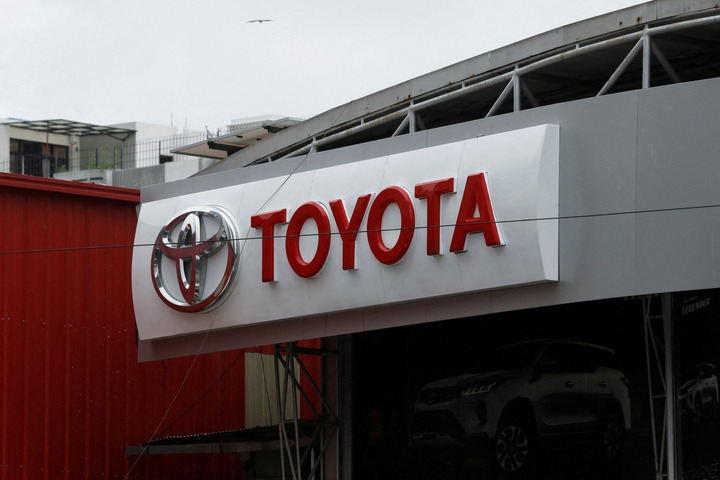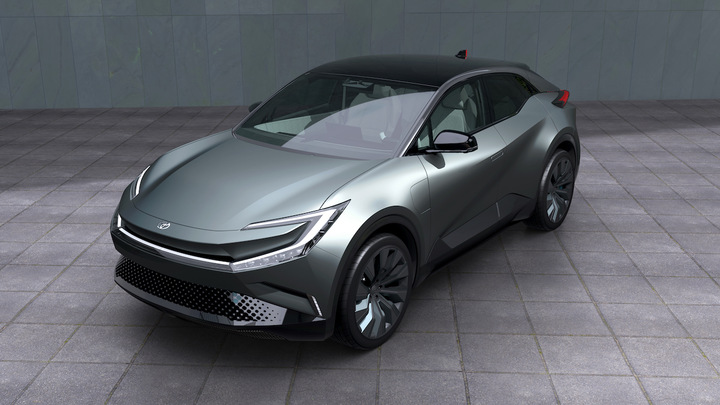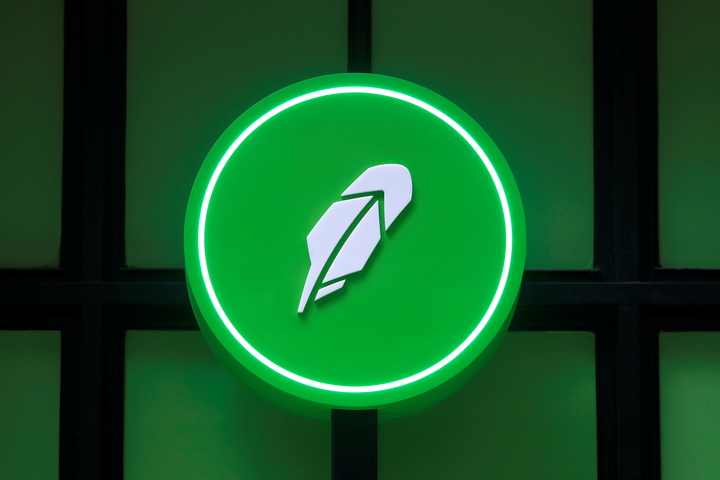Why Music Publishers are suing Twitter?
On Wednesday, 17 music publishers filed a lawsuit against Twitter in federal court in Nashville, Tennessee. They claimed that by allowing users to upload music without a license, the company was complicit in thousands of copyright violations.
The lawsuit claimed that “numerous infringing copies of musical compositions” are used on Twitter to increase user engagement.

For claimed violations of nearly 1,700 copyrights, members of the National Music Publishers’ Association, including Sony Music Publishing, BMG Rights Management, and Universal Music Publishing Group, are suing for more than $250 million in damages.
Also Read: Google launches AI-powered advertiser features
Since Elon Musk acquired Twitter in October, the long-standing violation, according to the lawsuit, has gotten worse, since other significant platforms like TikTok, Facebook, and YouTube have legitimate music licenses from the publishers.
According to the NMPA President David Israelite, Twitter “stands alone as the largest social media platform that has completely refused to license the millions of songs on its service.” The lawsuit includes Taylor Swift, Beyoncé, The Weeknd, Ed Sheeran, the Rolling Stones, Lady Gaga, Miranda Lambert, and Rihanna among the artists it represents.
The lawsuit claimed that Twitter “routinely ignores” repeat infringers who send out messages containing illegal music. The publishers claimed that Twitter encourages user infringement, giving it an “unfair advantage” over platforms that purchase music licenses by raising engagement and ad revenues.
He slammed Twitter for consistently failing to take action against individuals who repeatedly violate the terms of service by tweeting lyrics from unlicensed songs.
The claim made by the music publishers is that Twitter actively promotes user infringement, using it to raise user engagement, boost advertising revenue, and obtain an unfair competitive advantage over other platforms that pay for music licenses.
The publishers said that, since Musk took over, “Twitter’s internal affairs regarding matters pertaining to this case are in disarray,” pointing out significant staff reductions to the company’s legal and trust and safety departments.
In general, music publishers and copyright holders can take legal action against various platforms, including social media platforms like Twitter, if they believe that their copyrighted music is being used without proper authorization or licensing.
This could involve users on the platform sharing copyrighted music without permission or platforms allowing the unauthorized distribution of copyrighted material.
Music publishers typically hold the rights to the songs and compositions created by songwriters and composers. They rely on licensing agreements and copyright protection to ensure that they are compensated for the use of their copyrighted material.
If they believe that Twitter or its users are infringing on these rights, they may choose to take legal action to protect their interests and seek damages.

I am a law graduate from NLU Lucknow. I have a flair for creative writing and hence in my free time work as a freelance content writer.





